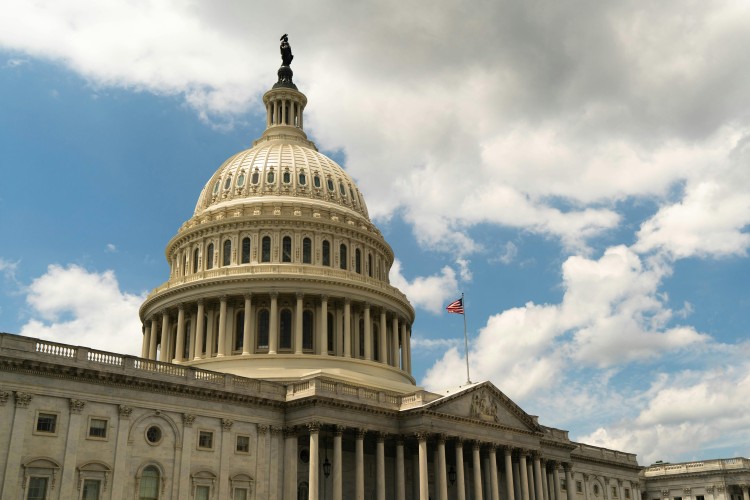Breaking: Results from Unprecedented National Survey on Unaccompanied Youth Homelessness

Led by Chapin Hall at the University of Chicago, Voices of Youth Count is an initiative to understand, address and prevent youth homelessness. Chapin Hall, using its substantial research and policy assets, has conducted the most comprehensive research to date on youth homelessness, incorporating youth voices to develop achievable solutions. This research creates a foundation on which we can build solutions – effective policies and practices – to end homelessness for young people. Today, Chapin Hall at the University of Chicago released results from an unprecedented national survey on unaccompanied youth homelessness in the United States. The study, Missed Opportunities: Youth Homelessness in America, is the first-of-its-kind to capture the scope of the issue broadly, by harnessing data from young people who have slept on the streets or in shelters; ran away from or were kicked out of their homes; or couch surfed, living with friends and family. Findings show one in ten young adults ages 18-25, and at least one in 30 adolescents ages 13-17, experience some form of homelessness unaccompanied by a parent or guardian over the course of a year. This translates to 3.5 million young people ages 18-25 and 700,000 adolescent minors.
Some of the key findings include:
1. Youth homelessness is a broad and hidden challenge.
- Over a 12-month period, 4.3% of households with 13-17 year olds reported youth homelessness. This is 1 in 30 youth in America in that age group. This translates to a minimum of 700,000 adolescent minors or the equivalent of over 800 average-sized high schools. About three-quarters of them involved explicit homelessness (including running away or being kicked out) and one-quarter involved couch surfing only.
- The prevalence climbs even higher when looking at homelessness among young adults (ages 18-25). Twelve-month population prevalence rates for young adults was 9.7%. This translates to more than 3.5 million people, or 1 in 10, young adults. Nationally, a population size similar to Chicago or Houston. About half of them involved explicitly reported homelessness while the other half involved couch surfing only.
2. Youth homelessness involves diverse experiences and circumstances.
- Nearly three-quarters of the young people who experienced “literal homelessness” (sleeping on the streets, in a car, or in a shelter) also said they had stayed with others while unstably housed.
- About half of the follow-up interview respondents believed that the youth was unsafe during their experiences of explicit homelessness or couch surfing.
3. Prevention and early intervention are essential
- Half of the youth who experienced homelessness in the past year did so for the first time.
- This finding was supported by the in-depth interviews that we did in five sites. The majority of the youth interviewed had experiences of housing instability that started in childhood or adolescence.
4. Youth homelessness affects urban and rural youth at similar levels
- In predominantly rural counties, 9.2 % of young adults reported any homelessness while, in predominantly urban counties, the prevalence rate was 9.6%.
- For 13-17 year olds, household prevalence of any homelessness was 4.4% in predominantly rural counties, and 4.2% in mainly urban counties.
5. Some Youth are at greater risk of experiencing homelessness.
- Among racial and ethnic groups, African-American youth were especially overrepresented, with an 83% higher risk of having experienced homelessness than other races. This disproportionality mirrors black youth racial disparities documented in school suspensions, incarceration and foster care placement.
- Lesbian, gay, bisexual and transgender (LGBT) youth had a 120% higher risk of experiencing homelessness than youth who identified as heterosexual and cisgender.
- Young parents—especially those unmarried—had a three times (200%) higher risk of experiencing homelessness than non-parenting peers. This finding is alarming, not only because of the risks posed to young people themselves, but also to their children. Housing instability in early childhood can have lifelong consequences.
To read a brief of the study, click here today.
Some of the recommendations from the report include:
- Conduct national estimates of youth homelessness biennially to track our progress in ending youth homelessness.
- Fund housing interventions, services, and prevention efforts in accordance with the scale of youth homelessness, accounting for different needs.
- Encourage assessment and service delivery decisions that are responsive to the diversity and fluidity of circumstances among youth experiencing homelessness.
- Build prevention efforts in systems where youth likely to experience homelessness are in our care: child welfare, juvenile justice, and education.
- Acknowledge unique developmental and housing needs for a young population, and adapt services to meet those needs.
- Tailor supports for rural youth experiencing homelessness to account for more limited service infrastructure over a larger terrain.
- Develop strategies to address the disproportionate risk for homelessness among specific subpopulations, including pregnant and parenting, LGBT, African American and Hispanic youth, and young people without high school diplomas.
Upcoming Events
If you would like more information on how these findings could impact your community, be sure to attend the following events:
- Webinar - November 17th from 12:00 PM-1:00 PM EST: "Voices of Youth Count: Implications for the Movement" from A Way Home America
- Follow the link here AND call-in at 206-508-0119
- Webinar - November 29th from 1:00 PM-2:00 PM EST: "Discovery Session: Key Findings from Voices of Youth Count" from MANY
- This event is for MANY members only. If you are interested in becoming a member of MANY, click here today. To register for the Discovery Session, click here today.


